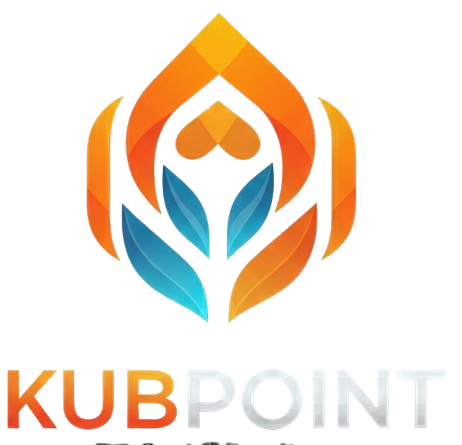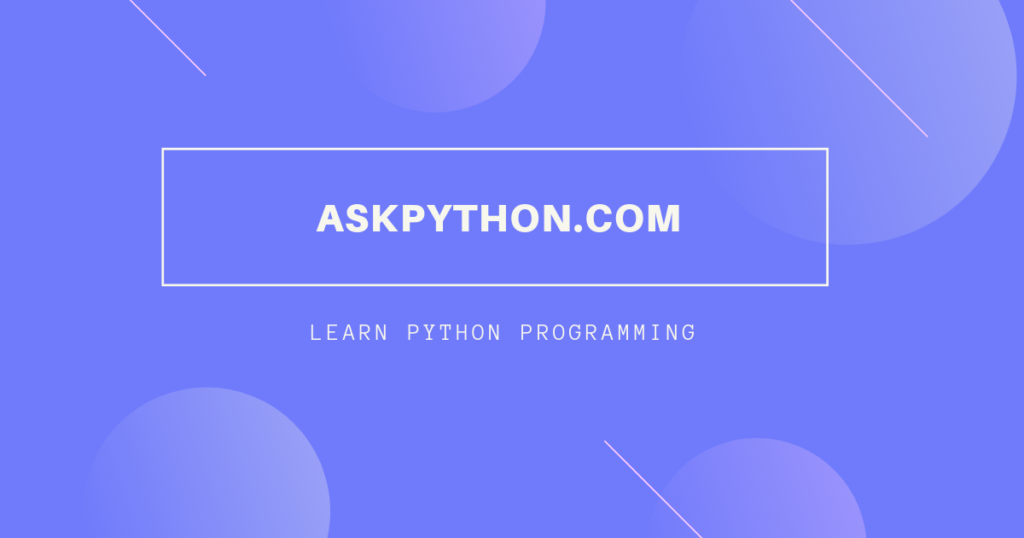Prototyping is a foundational step in interactive product development. It allows teams to quickly test ideas, validate functionality, and refine user experiences. In 2025, Python continues to hold a central role in this process. Its balance of simplicity, power, and adaptability makes it an enduring favorite among developers working across industries.
Why Python Remains a Go-To Language for Developers in 2025
There is the rise of newer languages focused on speed or concurrency, but Python still dominates early-stage development and prototyping. Its extensive libraries, simple syntax, and flexible programming paradigms make it ideal for translating rough ideas into functioning interfaces very fast. Python supports experimentation across a range of environments, from web and mobile applications to emerging technologies. It allows developers to iterate quickly without unnecessary overhead.
This enduring relevance is particularly evident in sectors where interactivity and user experience are central. For example, Python plays a growing role in prototyping game mechanics and dynamic UI flows within the online casino space. Interactive formats such as casino slots with Mr Q often involve fast feedback cycles, randomized rewards, and responsive visual elements. Those are all features that benefit from Python-driven simulation during early development. By using Python to prototype these mechanics, developers can test engagement strategies, validate timing sequences, and fine-tune interactions before committing to full-scale production.
A Rapid Testing Ground
Python’s ecosystem empowers developers to move from concept to functional prototype in a matter of hours. Tools like Flask and FastAPI simplify server logic, while libraries such as Kivy and PyGame support basic UI interactions. These frameworks are ideal for creating click-through demos, input simulations, or feature previews that stakeholders can actually use and test.
Interactive prototypes often need to respond to user behavior, adapt based on data, and handle asynchronous events. Python’s support for both synchronous and asynchronous programming models allows developers to simulate these behaviors easily. For example, using FastAPI with WebSockets, it’s possible to create a live voting interface or a simple multiplayer game lobby with just a few lines of code.
In 2025, more platforms than ever are offering drag-and-drop prototyping tools. However, when projects demand logic-driven interactions or need to test backend processes like authentication, Python remains the better option. It allows teams to maintain flexibility without sacrificing realism in their prototypes.
Real-World Python Prototypes in 2025
To see Python’s prototyping power in action, let’s look at two real-world applications relevant in 2025.
One project involved an adaptive learning system built for online classrooms. The prototype used Python and Flask to deliver quiz content that adjusted in real time based on student performance. A lightweight JavaScript frontend provided immediate feedback, while Python handled performance tracking and dynamically updated the next set of questions. Educators were able to test the platform within days and iterate based on student engagement.
In another case, a startup tested reward mechanics for a mobile app using a Python-driven simulator. Inspired by popular online entertainment models, they simulated randomized reward events, much like what can be found in interactive casino systems. By mimicking that responsive “spin and win” logic with Python, they gauged how users responded to different reward timings and probabilities before investing in full development.
For more complex applications, such as data-driven UIs or machine learning integrations, developers also rely on Python for advanced techniques. Dimensionality reduction techniques like Principal Component Analysis (PCA) are often prototyped using NumPy and visualized with Seaborn to validate interactions in reduced data space.
Key Trends Reinforcing Python’s Role
In 2025, Python continues to dominate several critical domains that intersect with UI prototyping, including machine learning, automation, and API development. While languages like Mojo and Rust offer performance advantages, they often lack the rapid development loop that makes Python so attractive for early-stage ideation.
A report from JetBrains titled State of Python 2025 highlights that over half of Python developers are now working in AI and data science. Those are domains that overlap with front-end personalization and recommendation engines. This overlap reinforces Python’s relevance in creating interactive, data-driven user experiences.
Python is also deeply embedded in modern stack integrations. Many AI APIs, XR platforms, and WebAssembly pipelines offer Python bindings or SDKs, allowing developers to extend their prototypes with real functionality. In place of being replaced, Python is often used as a connective layer.
Best Practices for Python Prototyping
To get the most out of Python during the prototyping phase, developers should aim for clarity and modularity. Here are a few practical tips:
- Use simple frameworks: Stick to tools like Flask or Streamlit to avoid overengineering your prototype.
- Keep components modular: Design parts of the system so they can be reused or replaced during production without major rewrites.
- Simulate external dependencies: Stub out systems like payments or logins to prevent blockers during early testing.
- Separate concerns clearly: Maintain distinct organization for front-end logic, API routes, and business rules from the beginning.
These practices ensure that the prototype can evolve with the product. Even if Python isn’t used in the final version. The groundwork such as logic, flow, and architecture often carries forward.
Conclusion
In 2025, Python continues to lead the way in rapid prototyping of interactive experiences. It remains accessible, well-supported, and powerful enough to bring everything from simple user flows to complex behavior models into functional form. Python still gives developers the ability to test concepts early, gather feedback quickly, and evolve interfaces without the weight of full-scale production.
For developers, designers, and product teams alike, Python remains relevant and essential in turning bold digital ideas into working realities.

